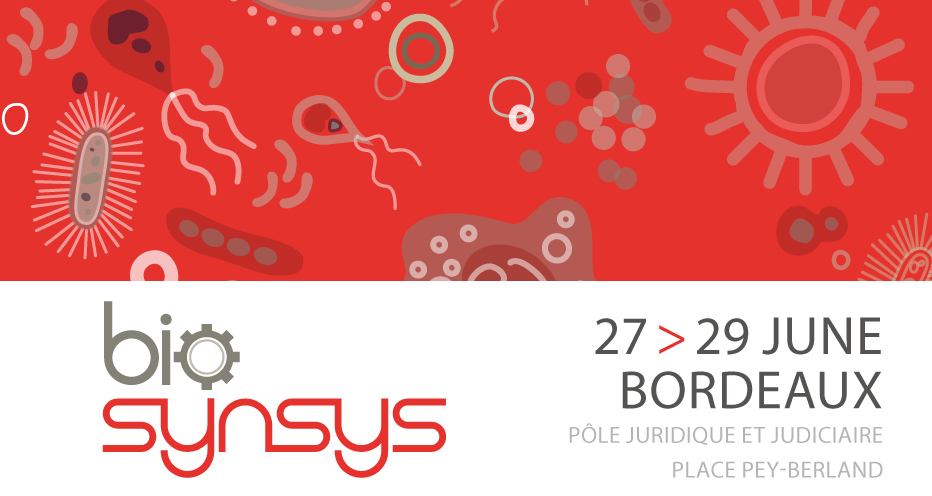Engineering biology is propelled at SynBio foundries through design-build-test-learn loops. Predictive models for biological parts, systems and devices, mold next-iteration target constructs that once dispatched to the pipeline, platforms for build and test would cast and overhaul through in-house automated protocols. The tight operating constraints often present at facilities demand for precise modeling, identification and regulation of SynBio components. To that end, here we describe an integrated approach to “mix and match” design and engineering of biological components based on automated design of metabolic circuits. The basic operating principle of metabolic circuits, borrowed from the field of control engineering, is to control the behavior of biological systems by introducing controller circuits with the aim of sensing and regulating the behavior of the cell. The design of metabolic circuits allows the application of standard control analysis techniques such as stability, controllability and observability analysis. Such controller circuits may be external devices, for instance on a bioreactor where several variables are measured (pH, temperature, turbidity, etc.) and regulated through appropriately interfaced control devices. More interestingly, controller circuits can be implemented through genetic engineering techniques by combining biological parts according to synthetic biology principles. Nowadays, a growing catalog of genetic sequences encoding such circuits can be retrieved from biological repositories and reproduced in wet labs. Pilot proofs of concept at Manchester SYNBIOCHEM foundry for automated engineering design of metabolic circuits will be highlighted.
References
Carbonell, P., Parutto, P., Baudier, C., Junot, C., Faulon, J.L. Retropath: automated pipeline for embedded metabolic circuits. ACS Synth Biol, 3 (8), 565-577, 2014. doi:10.1021/sb4001273
Carbonell, P., Currin, A., Jervis, A., Rattray, N., Swainston, N., Yan, C., Takano, E., Breitling, R. Bioinformatics for the synthetic biology of natural products: Integrating accross the Design-Build-Test cycle. Nat Prod Rep, 2016. doi:10.1039/c6np00018e
Fernandez-Castane, A., Feher, T., Carbonell, P., Pauthenier, C., Faulon, J.L. Computer-aided design for metabolic engineering. J Biotech, 192(B), 302-313, 2014. doi:10.1016/j.jbiotec.2014.03.029

 PDF version
PDF version
